Test Driven Development Assignment: Key Characteristics & Benefits
VerifiedAdded on 2022/10/17
|5
|877
|16
Homework Assignment
AI Summary
This assignment delves into the concept of Test Driven Development (TDD), a technique that emphasizes short coding cycles interleaved with testing. It defines TDD as a cyclic development method where each cycle results in the successful deployment of a small feature, ensuring that unit tests cover the feature and existing tests pass. The assignment highlights the key characteristics of TDD, including refactoring and test-first development, and recommends iterative and incremental software development processes. It further explores the benefits of TDD, such as modular code and improved architecture, while acknowledging limitations like the need for test suite maintenance and its difficulty in applying to legacy code. Finally, it discusses the process of diverging TDD from or aligning it with software development practices, emphasizing the importance of professional developers in adopting TDD and the impact of TDD on software design quality aspects like maintainability, reusability, and understandability.
1 out of 5
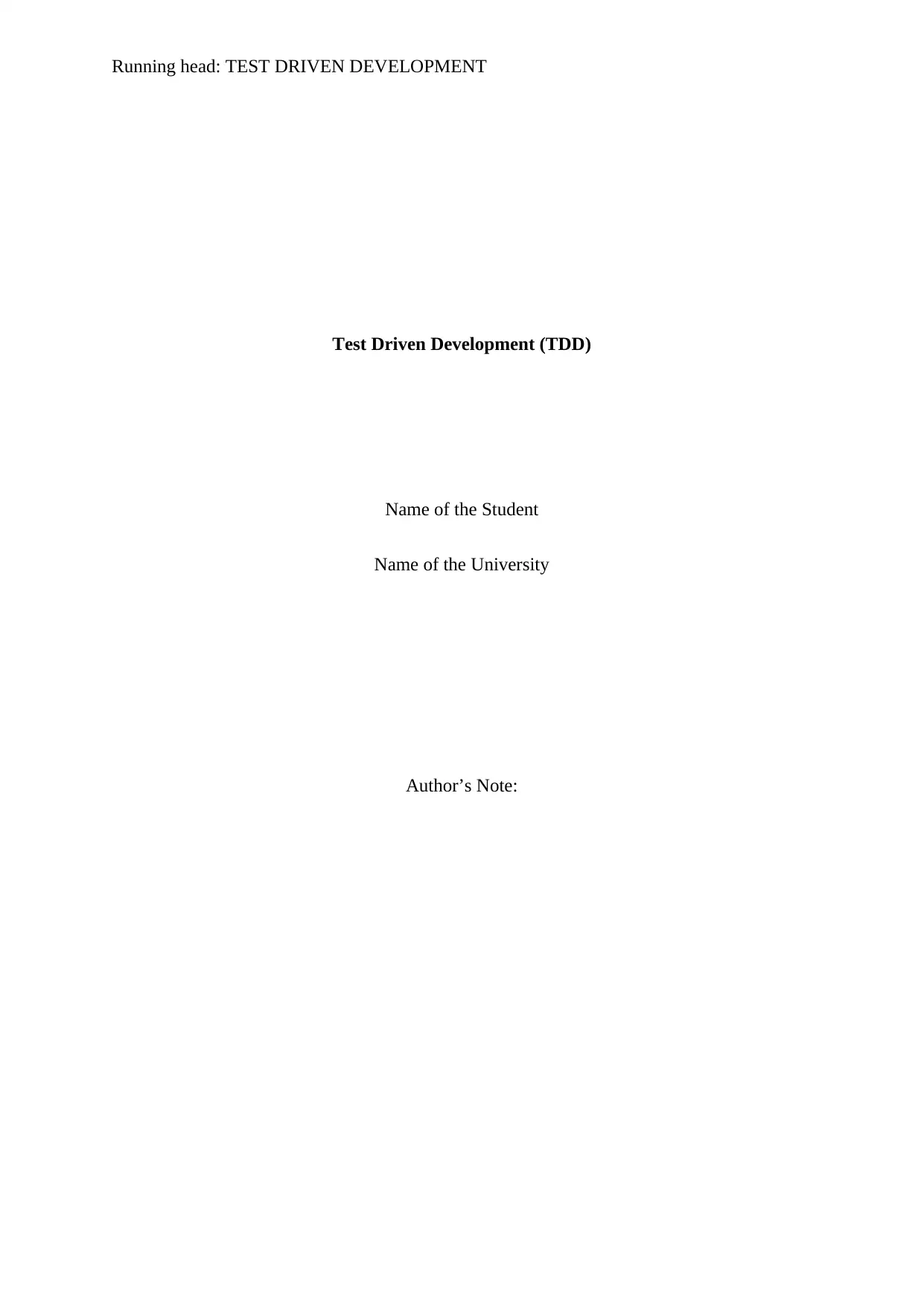
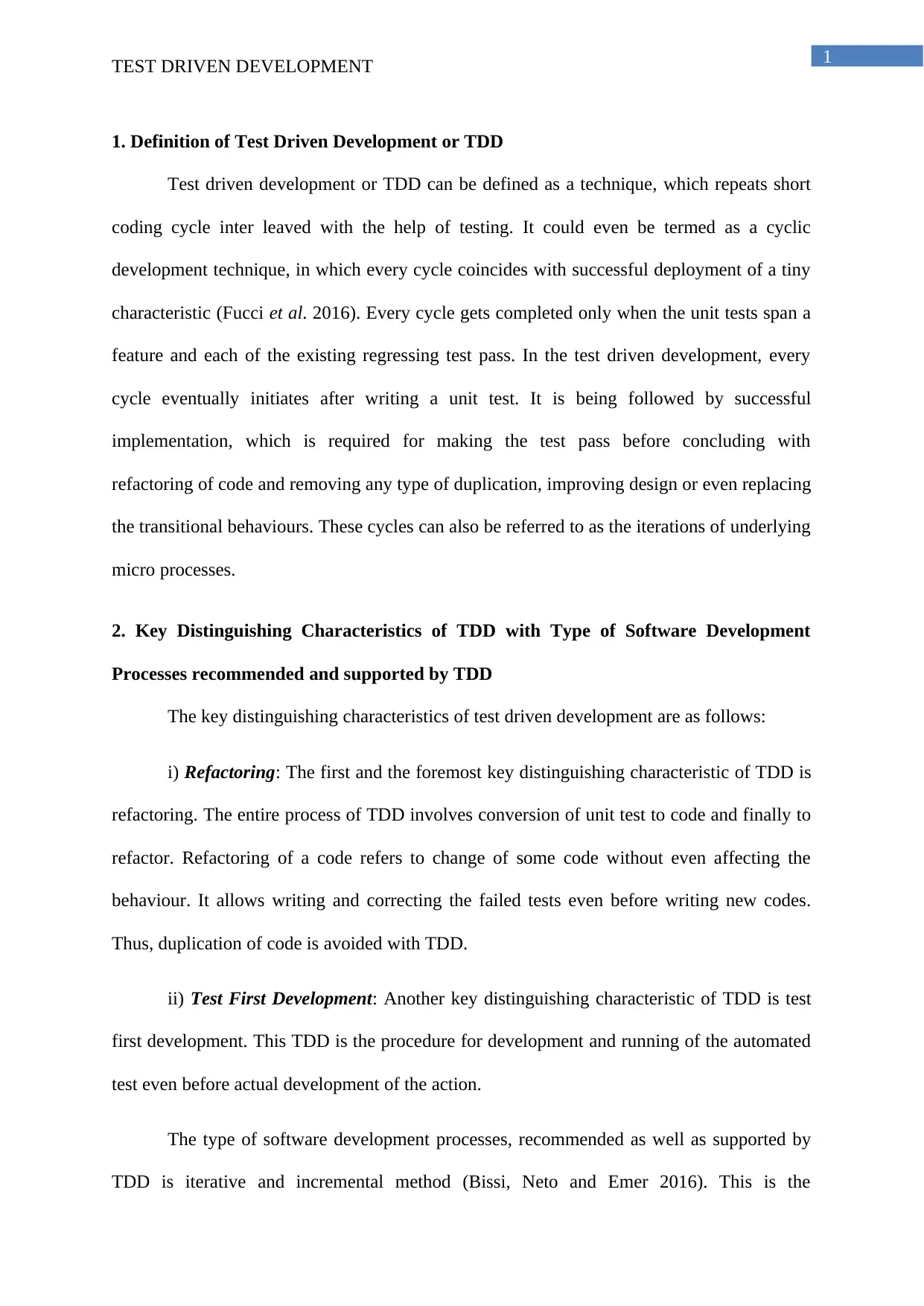
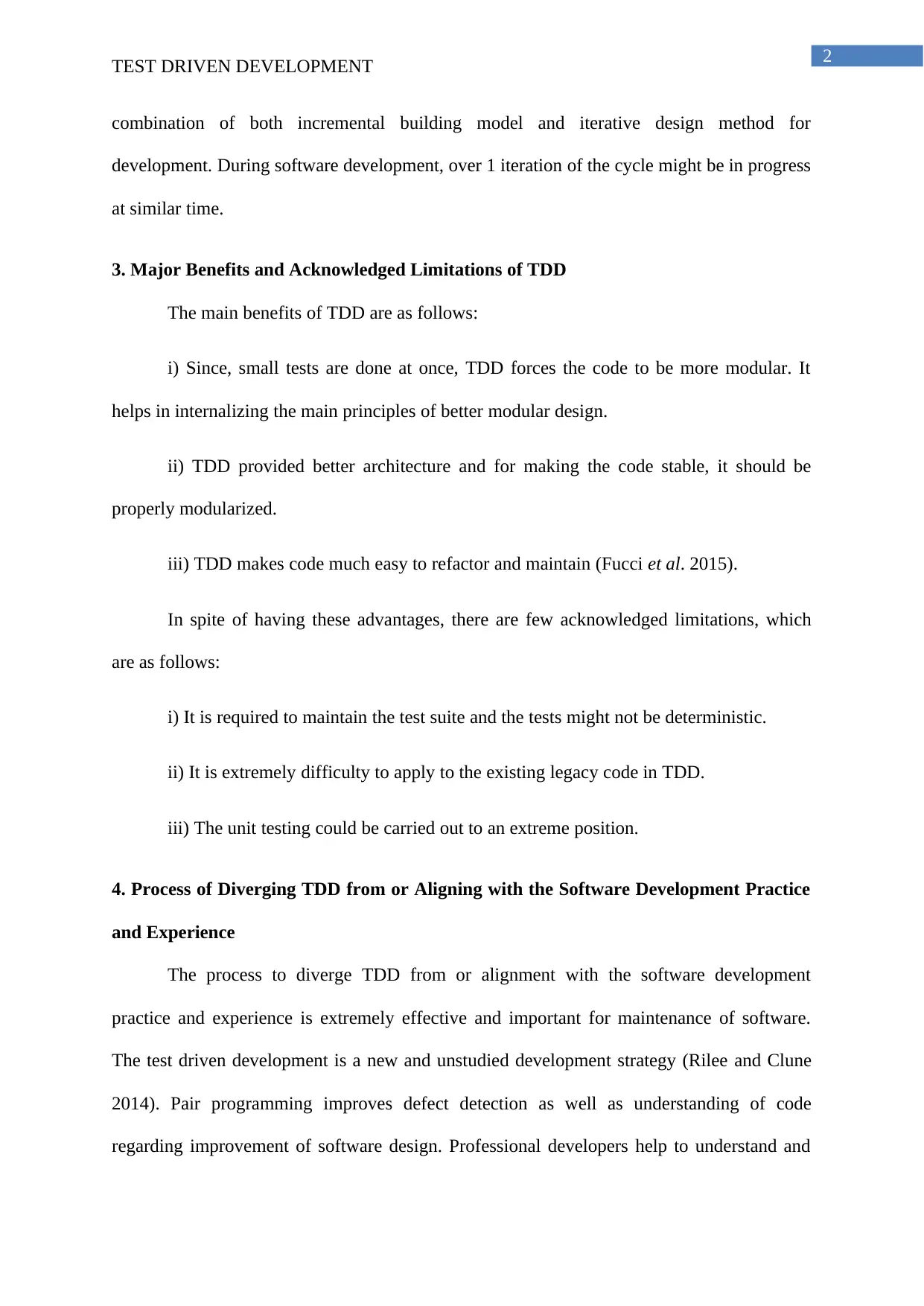

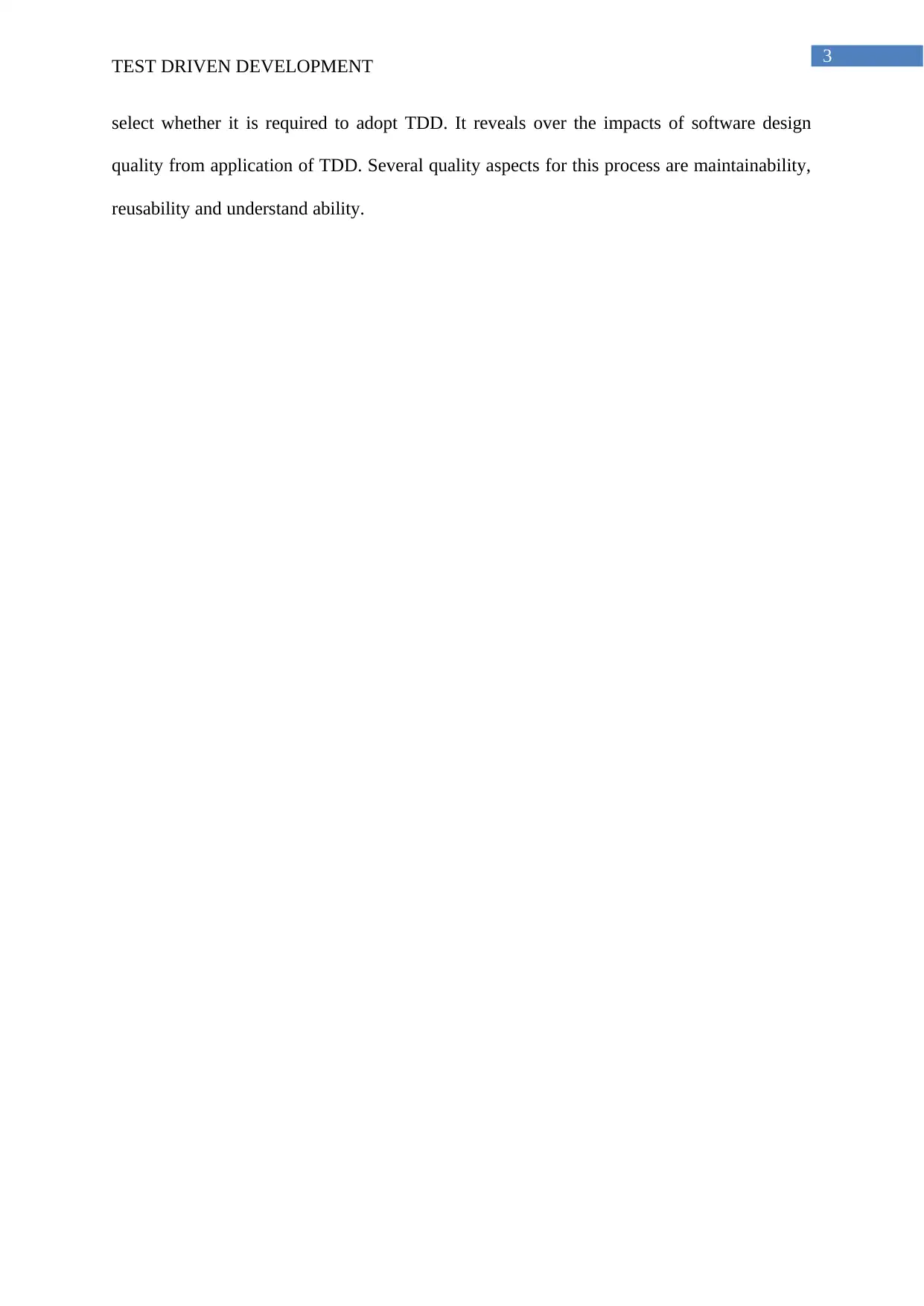
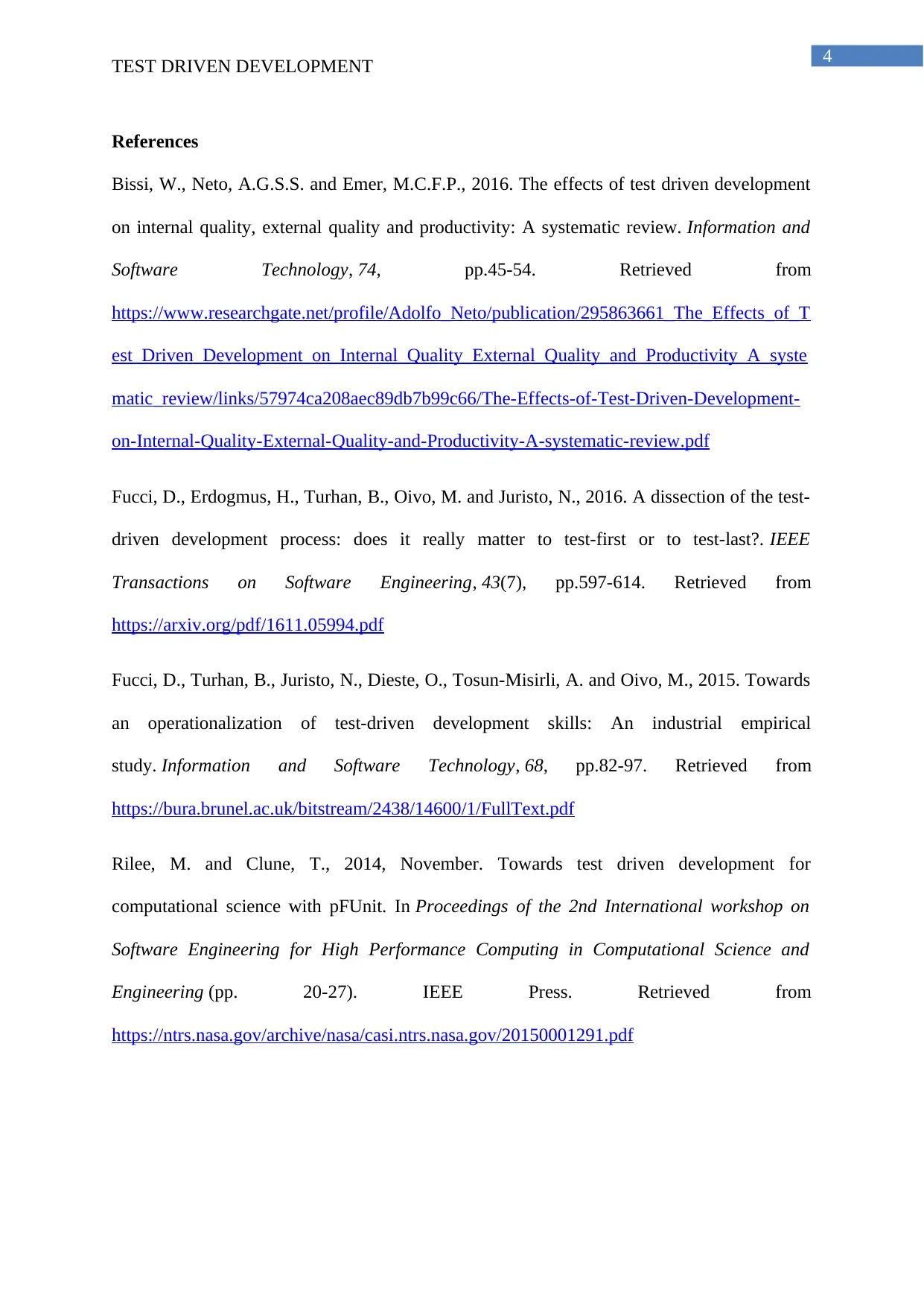

![[object Object]](/_next/static/media/star-bottom.7253800d.svg)